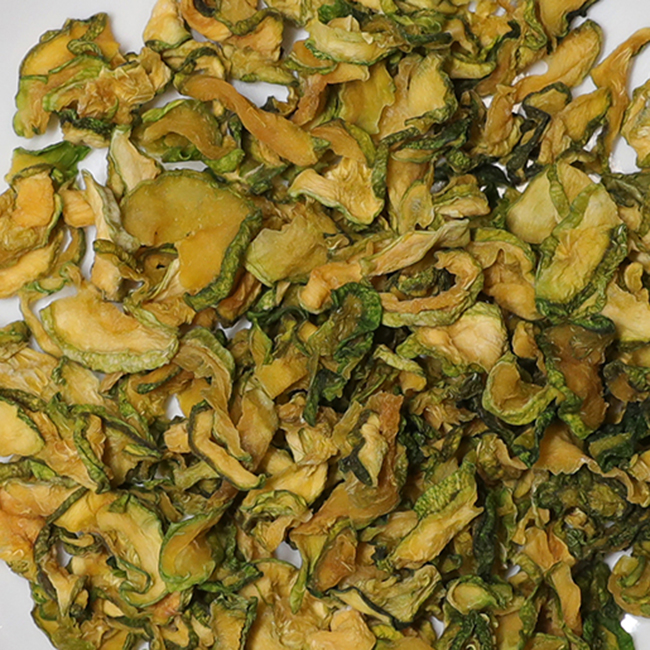Rice field management technology in the middle and later period

In the middle of May, the early rice in the south has entered the middle and late growth period, in which the southern China entered the filling period and the middle and lower reaches of the Yangtze River entered the jointing and booting stage. In view of the growing trend and climate characteristics of early rice in southern China, in addition to controlling water and controlling seedlings, farmers should apply nitrogen and potassium fertilizers and golden treasure microbial fertilizers in a timely manner in order to promote flower conservation and promote grouting. The following golden treasure planting experts will introduce you briefly, what are the matters needing attention in the middle and late management of rice.
One must apply fertilizer rationally: it is necessary to produce fertilizers for the seedlings due to the ground and to promote early growth and long growth. For the three types of seedlings that have been planted later than late, an additional fertilizer should be added to promote balanced growth. The first and second types of seedlings mainly focused on the application of panicle fertilizer, which was mainly based on the application of preserved fertilizers, combined with the application of microbial microbial fertilizer, improved soil structure, maintained balanced nutrition, and reduced chemical fertilizer pollution. In the second leaf stage, fertilization prevented the degradation of spikelets, prolonged the length of the first and second leaves, and promoted the tillering of the spikes. For small-scaled plots, fertilization can be applied in advance when the inverted trifoliate leaves are used, so that the combination of flower promotion and flower protection can be achieved. According to the growth of seedlings in the field, timely application of nitrogen fertilizer and potash fertilizer and microbial microbial fertilizer, increase the number of effective panicles and grains per panicle, usually 3 to 5 kg of nitrogen fertilizer, 3 to 5 kg of potassium fertilizer, 1 to 2 kg of microbial fertilizer.
The second is scientific management of water: as a whole, we must have long-eared water in the middle of growth and dry and wet seeds in the later period. In case of heavy precipitation, it is necessary to drain exposed fields in time. For the late-onset field that has not yet been suntanned, we must adhere to the principle of “time to time†and timely control of water control and seedlings to prevent the cherishing of water and tender seedlings, resulting in excessive groups. The paddy fields that have finished drying in the fields are subject to dry and wet intermittent irrigation after rewatering to promote root growth. During heading, shallow water irrigation is used to achieve water heading, which is conducive to uniform heading and maturity. After heading, dry and wet intermittent irrigation is used to cut off water for about 5 days before harvesting. Avoid water cutoff prematurely to prevent premature aging and high temperature ripening.
Third, comprehensive prevention and control: Affected by last year's warm winter, the base number of field pests and the amount of rice fly locusts outside the country are relatively large, and diseases and insect pests in the middle and later stages of early rice may be more serious. We must focus on the prevention and control of migratory "two insects" (rice planthoppers, rice leaffolders) and "two diseases" (rice blast disease, rice sheath blight), and vigorously promote centralized and continuous reunification prevention and improvement. Control effect, reduce the amount of pesticides. Strengthen pest monitoring, appropriately increase the number of investigations according to weather changes, grasp the occurrence of pests and diseases, and promptly report pest information, application time, pharmaceutical selection, and dosage, and conduct a key prevention and control in the early rice break period to ensure that there are no fields in the middle and late stages. Major pests occur.
The fourth is timely harvest. Early rice harvests affect yield and quality too early, but too late affect the crop arrangement. The harvest period is generally about 25 days after the panicle start. The panicles lose their green color and 90% of the husks turn yellow. During the early harvest of southern rice, it is often accompanied by bad weather such as high temperature, heavy rain, etc. It is easy to produce ear sprouts to reduce production and quality. We must guide farmers to timely harvest, prevent "cutting green" and ensure full maturity. Vigorously promote the mechanized joint harvesting and detachment with the straw smashing device, improve the harvesting efficiency, and realize the grain return.
For detailed breeding techniques, please contact: Beijing Huaxia Kangyuan Technology Co., Ltd. Telephone Toll Free
Recommended reading:
1. Insist on the use of microbial agents to allow seven-year-old sheds to remain "young forever" 2. Specification for organic eggplant cultivationCut into small pieces and put in the sun
Zucchini (Latin scientific name: Cucurbita pepo L.), alias bear (male) melon, watermelon, white melon, small melon, papaya, horn melon, sundae melon, etc., annual herb sturdy vine (vine), native to India, South China, North China There are plantings, dwarfing, semi-trailing, and three-trailing. Most varieties of zucchini have obvious advantages in the main vine, and few and weak side vines. Stems stout, terete, with short white setae. Likes moist, not drought-tolerant, especially in the fruiting period, to keep the soil moist to obtain high yield. Virus diseases are prone to occur under high temperature and drought conditions, but powdery mildew is also prone to occur under high temperature and high humidity. Zucchini does not require high soil, and can be cultivated in sandy soil, loamy soil and clay soil. It contains more nutrients such as vitamin C and glucose, and has the functions of clearing away heat and diuresis, eliminating irritability and thirst, moistening the lungs and relieving cough, reducing swelling and dispersing knots. Eating more helps to enhance the regeneration ability of liver and kidney cells.

Air Dried Zucchini,Air Dried Zucchini Chips,Dried Zucchini,Dehydrating Zucchini
Topower Technology Limited , https://www.topower-foods.com